News articles
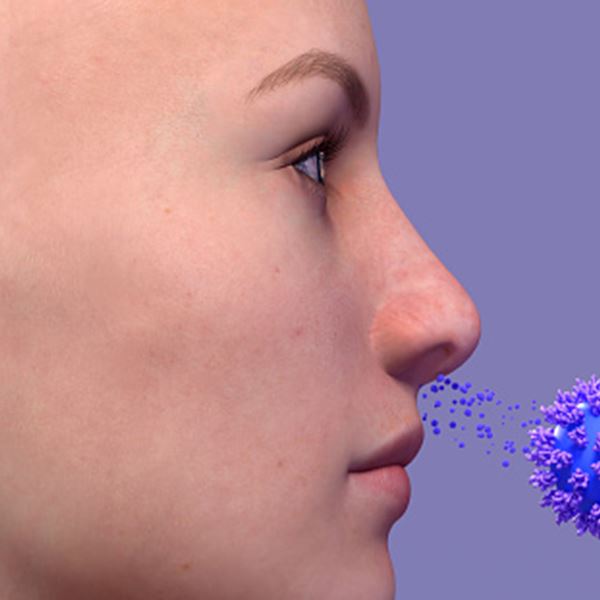
#TechTuesday: A human nose made of graphene
Detecting toxic substances is nearly impossible when walking down the street, now Graphene Flagship researchers may have the answer, and you probably already own one – a smartphone!

Meet the MXenes: the youngest family of layered materials
We interview Thierry Ouisse about MORE-MXenes, a Graphene Flagship Partnering Project that finished recently. Their research focused on understanding an interesting family of layered materials containing rare-earths, with great potential in electronics and spintronics.

#TechTuesday: A touchscreen on your t-shirt!
Graphene Flagship researchers are driving the rapid development of graphene-enabled wearable technology, using the unique physical properties of graphene.
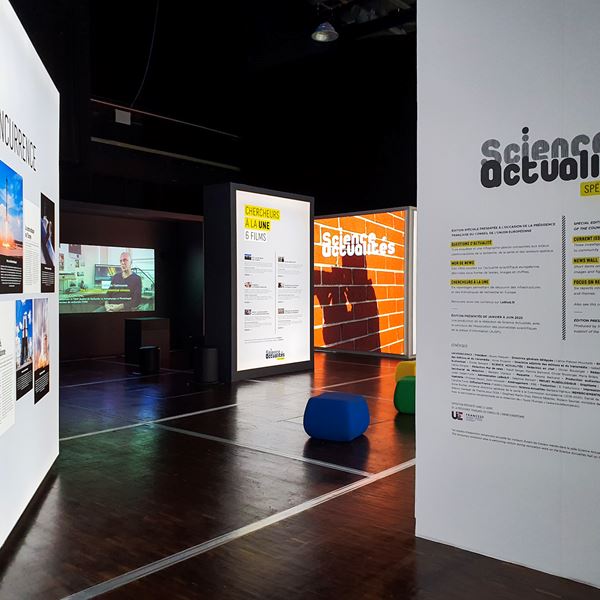
Europe’s biggest science museum showcases the Graphene Flagship
The Graphene Flagship stars in an exhibition at Paris’ Cité des Sciences, the biggest science museum in Europe. The showcase, dedicated to the challenges of research and innovation, will continue until late June 2022.
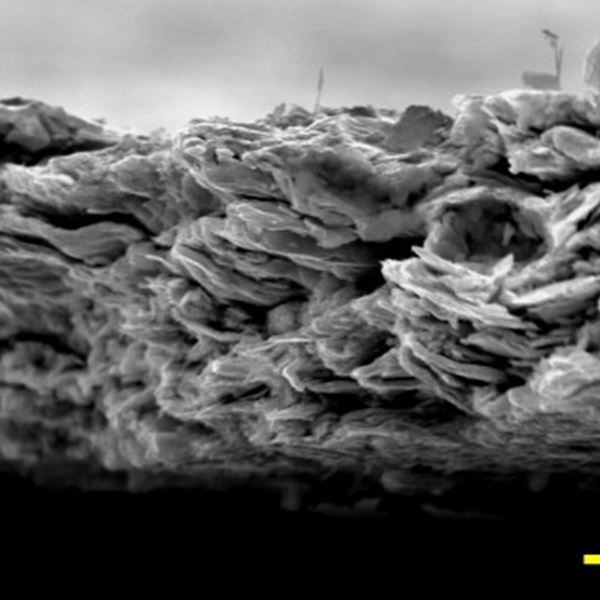
Layered materials for energy generation and heat pumps
A conversation with graphene researcher Ilaria Pallecchi, coordinator of the Graphene Flagship Partnering Project MELoDICA. Transition metal dichalcogenides (TMDs) are layered materials that offer alternative benefits in many different applications. A good example is thermoelectricity: the direct and reversible conversion of heat into electricity.

#TechTuesday: Graphene gas detectors for increased safety
Graphene Flagship Partner ICN2, Catalan Institute of Nanoscience and Nanotechnology, have created graphene-based electroluminescent inks that work as effective gas detectors, paving the way for real-monitoring and greater air pollution awareness.
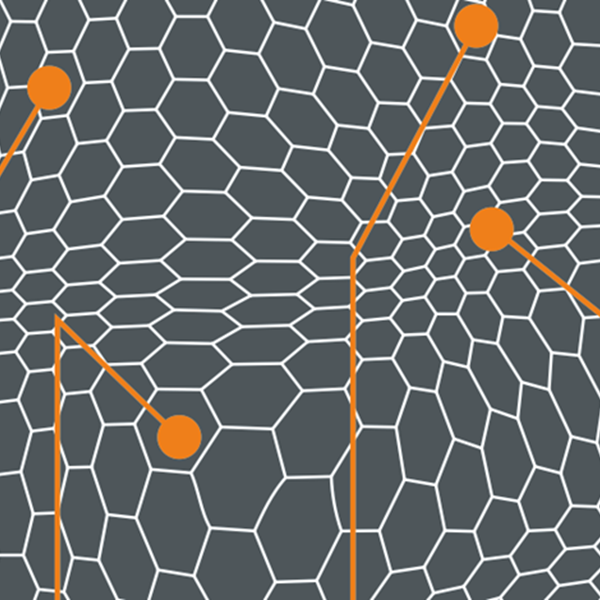
An international standard for measuring the flatness of graphene
Researchers from Graphene Flagship partner RWTH Aachen University and the Graphene Flagship Standardization Committee have pushed through a new IEC standard for assessing the strain uniformity of single-layer graphene using Raman spectroscopy.
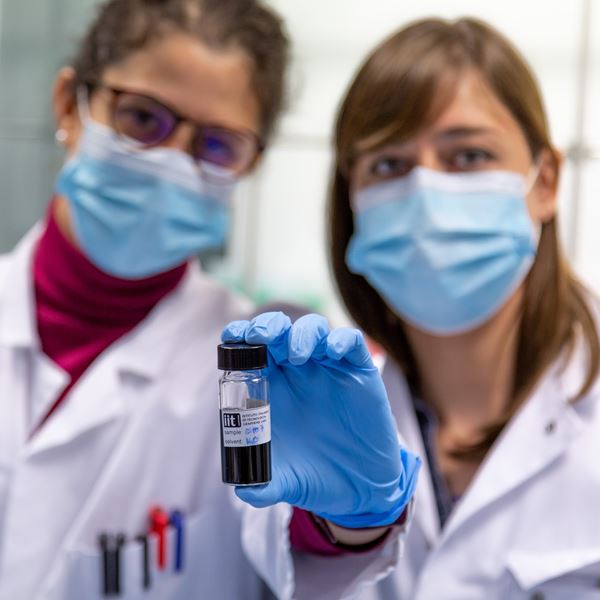
Spotlight: Graphene applications in drug delivery
Graphene Flagship researchers Valentina Castagnola and Clarissa Braccia, based at Graphene Flagship partner IIT, in Italy, share their latest experiences and discoveries in the field of graphene and related materials.
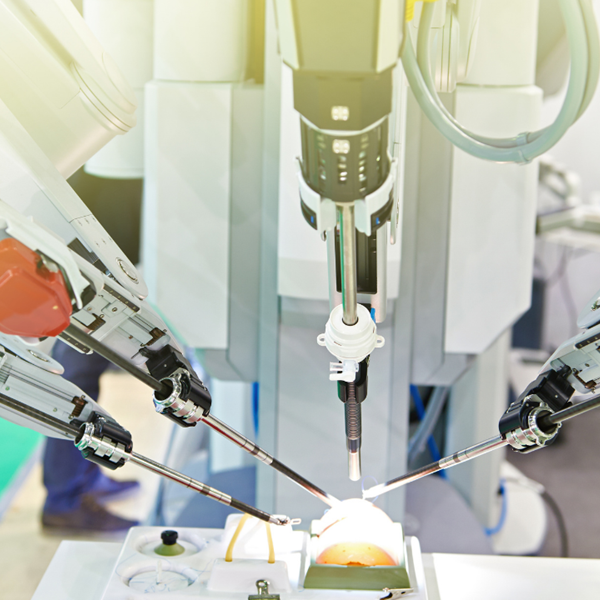
#TechTuesday: Graphene for haptic force sensors
Graphene Flagship Associated Member Atomic Mechanics, have applied their expertise with graphene-enabled flexible sensors to enhance interactions with any surface, which could find different applications in robotic surgery.
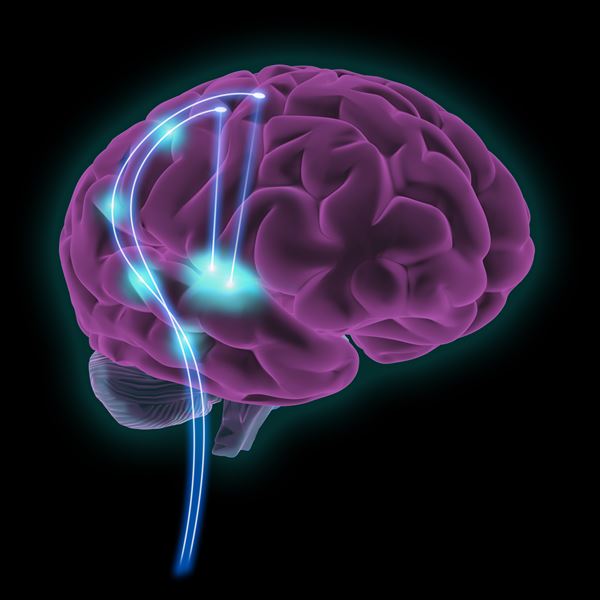
Flexible graphene-based neural probes improve epilepsy detection
Graphene Flagship researchers have developed a flexible neural probe made of graphene-based field-effect transistors. This device records the full spectrum of brain signals, including infraslow signals, demonstrating the ability of graphene-enabled devices to detect some signs of epilepsy with high fidelity.
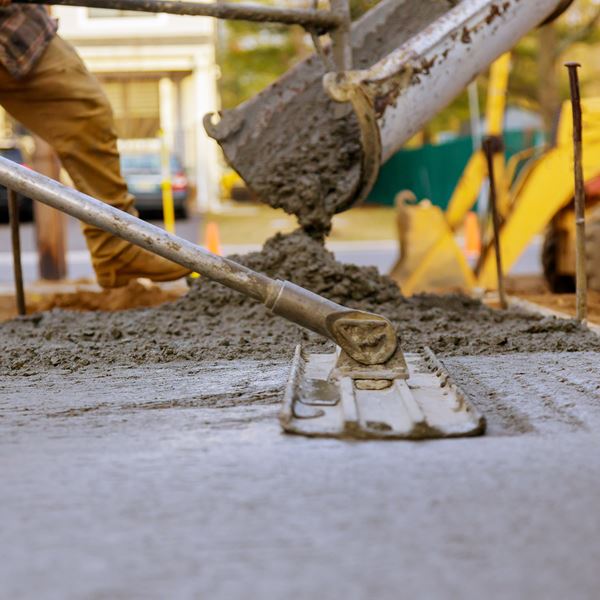
#TechTuesday: Concrete to conduct electrical currents
The Graphene Flagship has paved the way for innovation in nearly every walk of life. Now, it promises to revolutionise the construction sector.
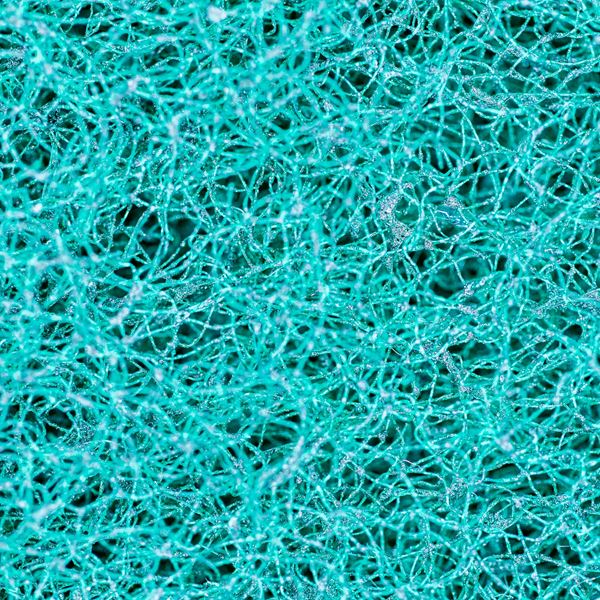
Brain-inspired devices with graphene oxide
Ultra-small devices show nano-synaptic responses with low power consumption.
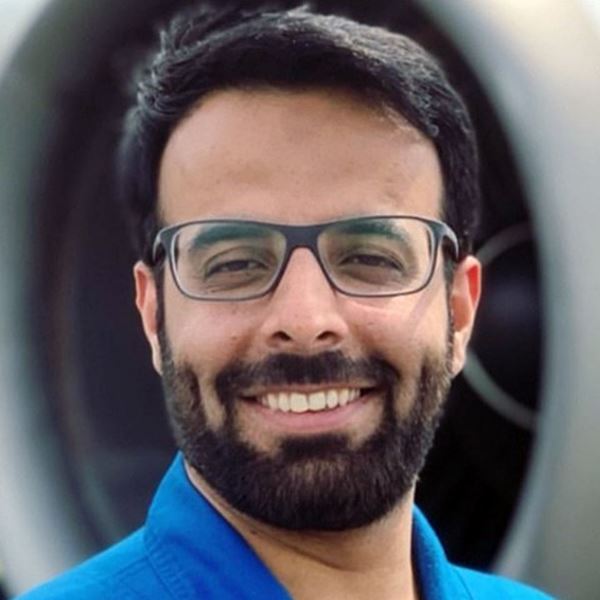
Spotlight: Tweaking graphene’s properties to tackle societal challenges
From space and energy to sustainability and healthcare, Graphene Flagship researcher Yarjan Abdul Samad is keen on solving today’s problems with innovative materials
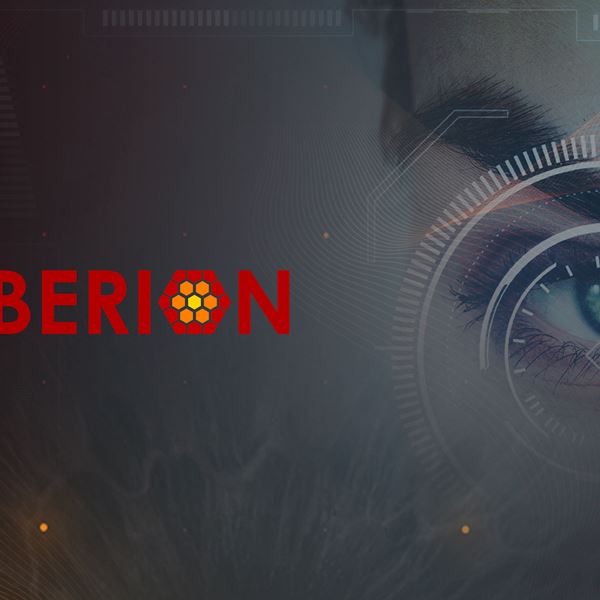
Emberion raises €6 million for its infrared imaging business
Graphene Flagship partner Emberion offers leading-edge VIS-SWIR cameras with a broad spectral range at a competitive cost. These devices meet the needs of the rapidly expanding global machine vision and surveillance markets.
